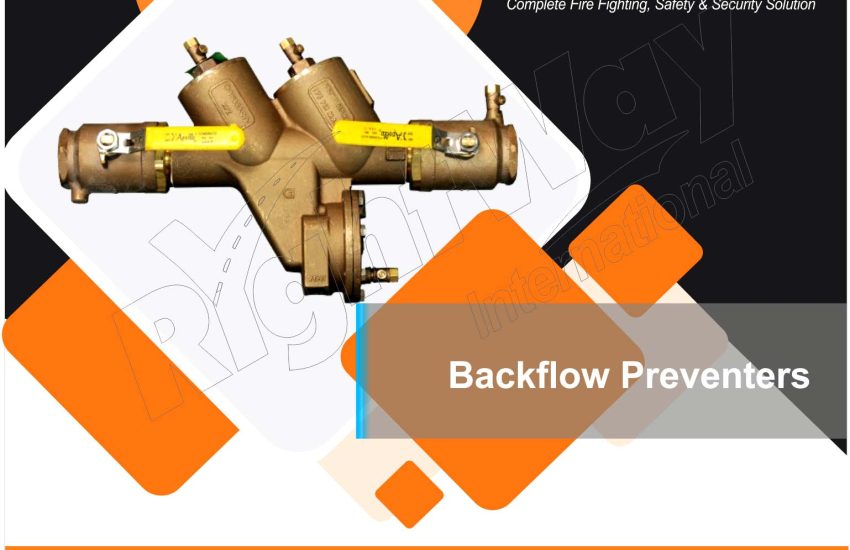Backflow Preventers are crucial devices designed to protect potable water supplies from contamination. They play a vital role in various plumbing systems, ensuring that water flows in one direction and preventing harmful substances from entering clean water supplies. This article will explore the importance, types, installation, and maintenance of backflow preventers.
Importance of Backflow Preventers
- Protection of Water Supply: Backflow preventers help prevent contaminated water from flowing back into the main water supply, safeguarding public health and ensuring clean drinking water.
- Regulatory Compliance: Many local and national plumbing codes mandate the installation of backflow preventers in specific applications to comply with health and safety regulations.
- Preventing Contamination: They are essential in preventing various contaminants, such as chemicals, fertilizers, and pathogens, from entering potable water systems.
- Insurance and Liability: Installing backflow preventers can reduce liability risks for property owners and businesses by ensuring compliance with regulations and protecting public health.
Types of Backflow Preventers
- Atmospheric Vacuum Breaker (AVB):
- Designed to prevent back siphonage.
- Suitable for non-pressure applications, like irrigation systems.
- Pressure Vacuum Breaker (PVB):
- Used in situations where a potential for back siphonage exists.
- It can handle both continuous and non-continuous pressure.
- Double Check Valve Assembly (DCVA):
- Consists of two check valves and is used in low to moderate hazard applications.
- Provides redundancy to prevent backflow.
- Reduced Pressure Zone (RPZ) Assembly:
- Designed for high-risk applications, such as hospitals and chemical plants.
- Provides the highest level of protection against backflow, maintaining lower pressure in the zone.
Installation Considerations
- Location: Install backflow preventers in easily accessible areas for maintenance and testing. Position them above the highest point of the water system to ensure effective operation.
- Sizing: Selecting the right size is crucial. It should match the flow requirements of the system to ensure effective operation.
- Orientation: Ensure you install the device according to the manufacturer’s guidelines to maintain the correct orientation for optimal performance.
- Professional Installation: We recommend having a licensed plumber or back flow prevention specialist handle the installation to ensure compliance with local codes and standards.
Maintenance Practices
- Regular Testing: A certified professional should test backflow preventers annually to ensure they function correctly.
- Inspection: Conduct regular visual inspections to check for leaks, corrosion, or other signs of wear.
- Cleaning: Remove debris and sediment from the device, especially in areas with high particulate matter.
- Repairs and Replacements: Address any issues immediately. Components may need to be repaired or replaced based on the results of testing and inspection.
Conclusion
Backflow preventers are essential devices that protect potable water systems from contamination and ensure public health safety. By understanding their importance, types, installation requirements, and maintenance practices, property owners and managers can effectively safeguard their water supplies and comply with regulations. Investing in proper backflow prevention is a critical step in maintaining a safe and reliable water system.


